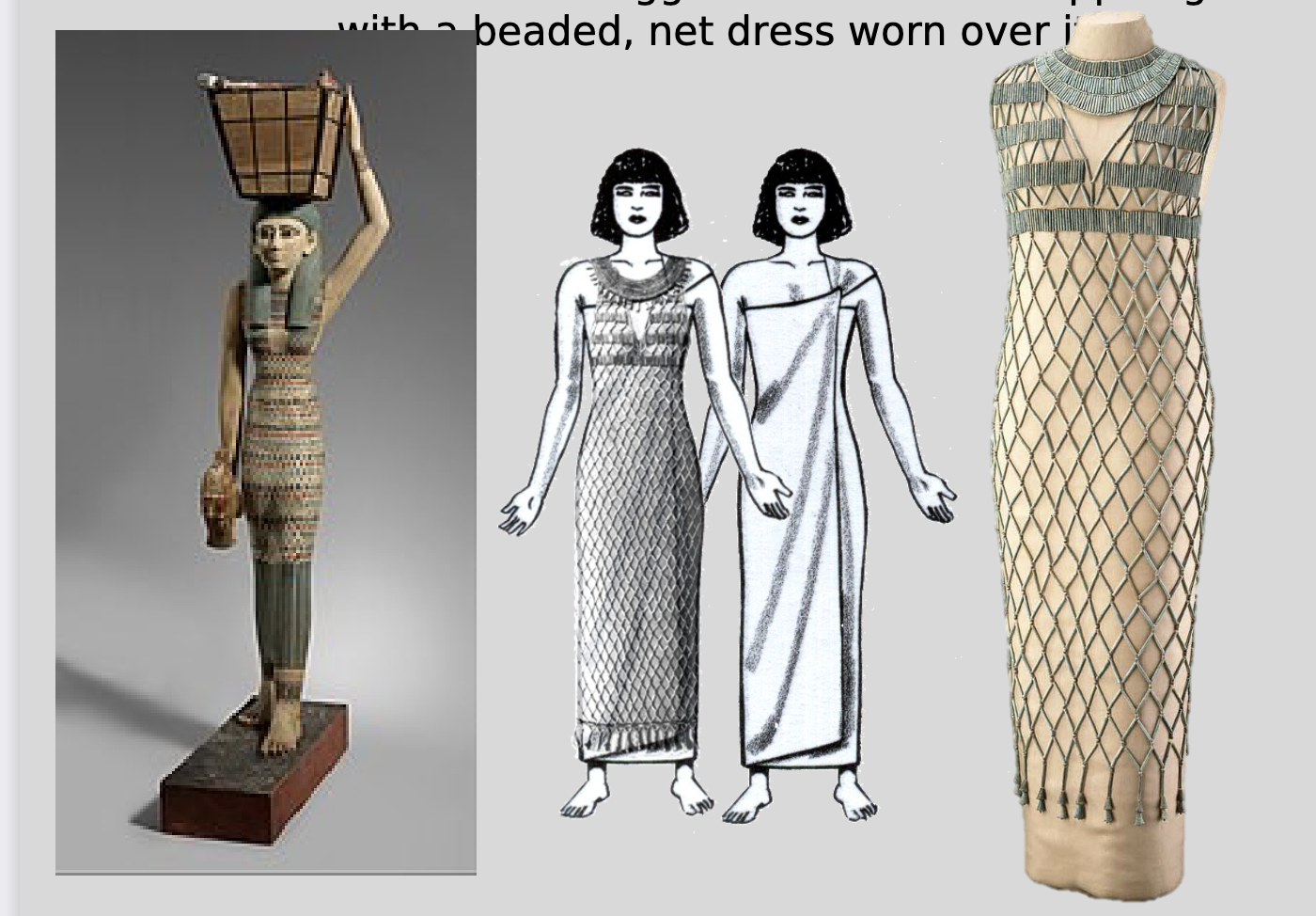Text Hist: Early Sumeria and Egypt
1/8
There's no tags or description
Looks like no tags are added yet.
Name | Mastery | Learn | Test | Matching | Spaced |
|---|
No study sessions yet.
9 Terms
kaunakes
wrapped skirts worn by men and women in Sumeria, made with tufted fleece, which they held in place with wide belts. At first skirts were probably made from sheepskin with fleece attached. Later, woven cloth had fringe at the bottom to imitate tufts of wool on fleece.
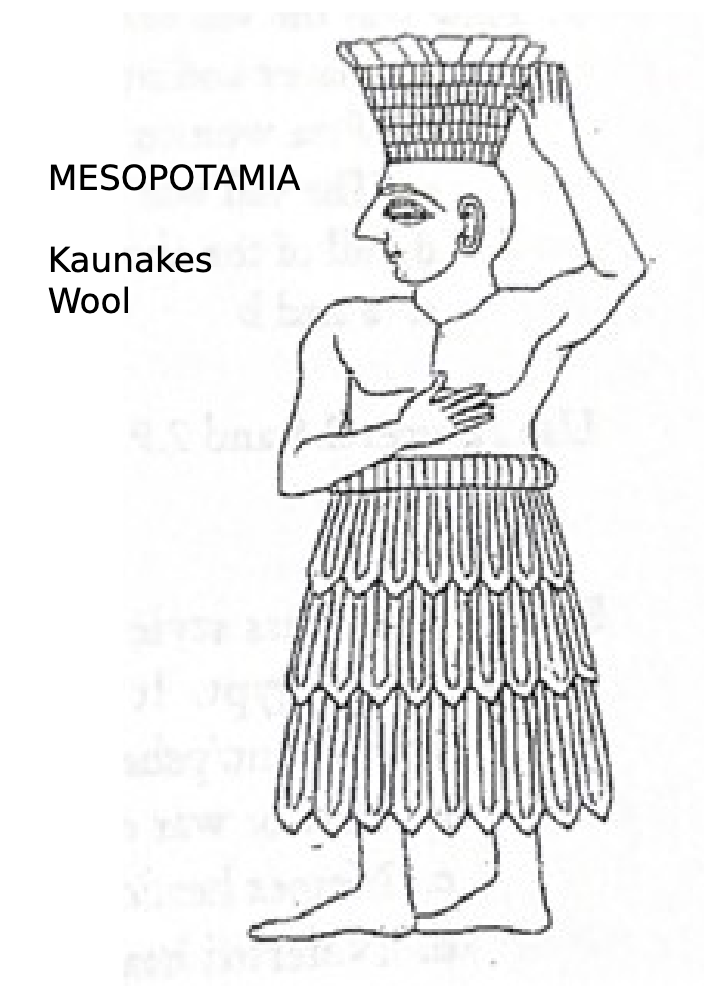
linen
Most garments were woven from linen, flax to create linen would grow after the Nile flooded and then it was harvested by them, they believed that it was a god-given resource
Kalasiris
sheer tunic/robe wrapped or tied
Women started wearing just sheer kalasiris tops with no sheath underneath, originally worn by adult entertainers but picked up by royal women and made mainstream
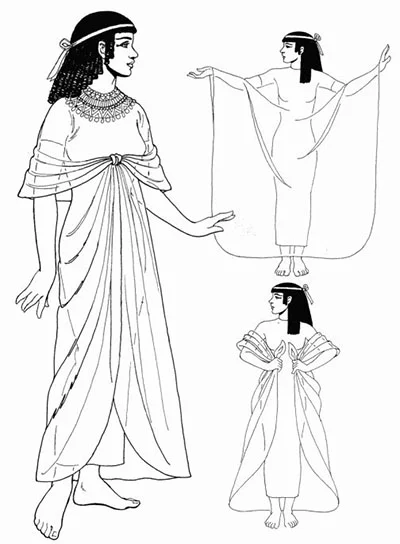
Pectoral
collar worn by slaves and royalty alike, representing an Egyptian’s faith, made of metal and stones in patterns
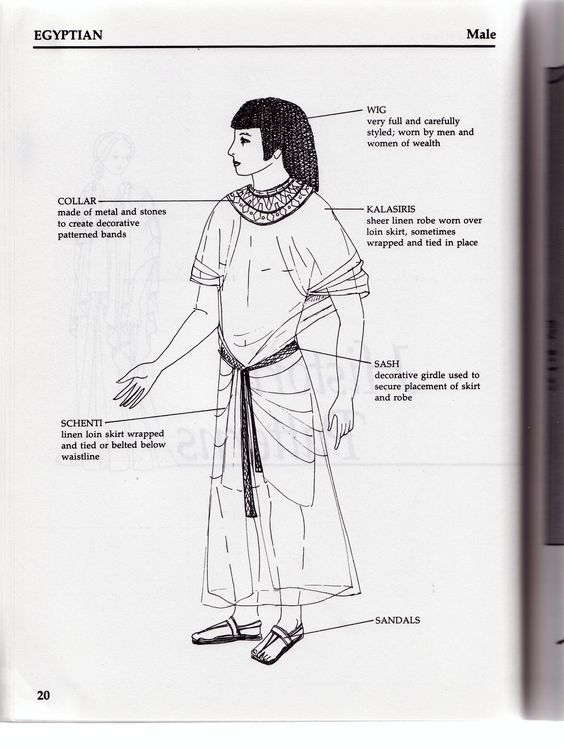
Pschent
When the upper and lower kingdoms combined, a crown representing both was created
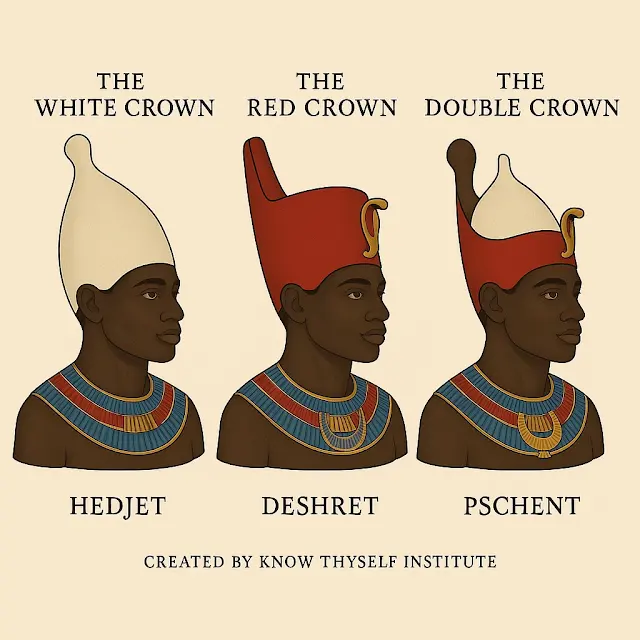
Skenti
a skirt wrapped and tied below the waistline, large triangular decorative panels are located at the front of some
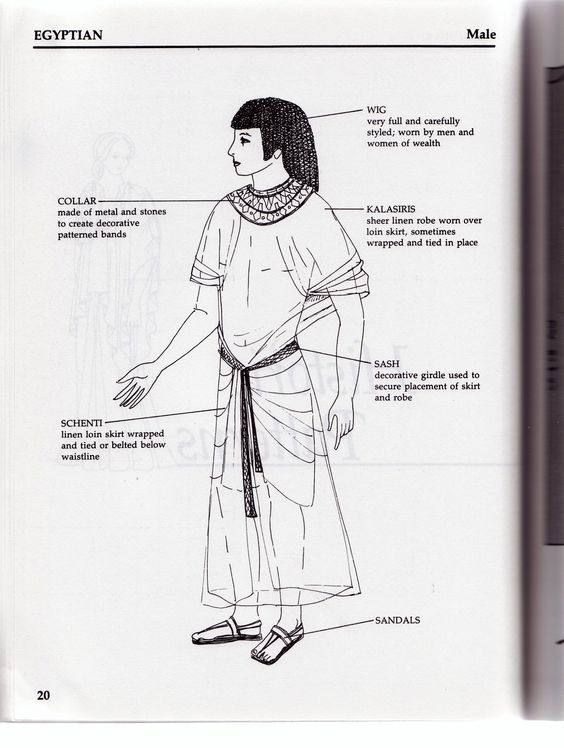
Vulture
The vulture was an important image to them due to its proximity to death (ie divinity) and its closeness to the sun and creator god Ra, see example of vulture crown
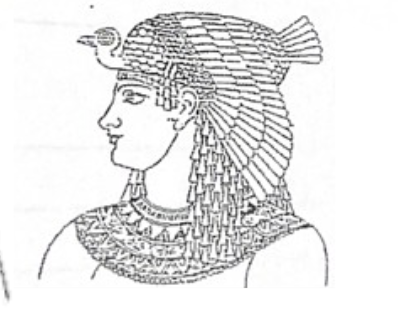
Headdress
Egyptians wore a variety
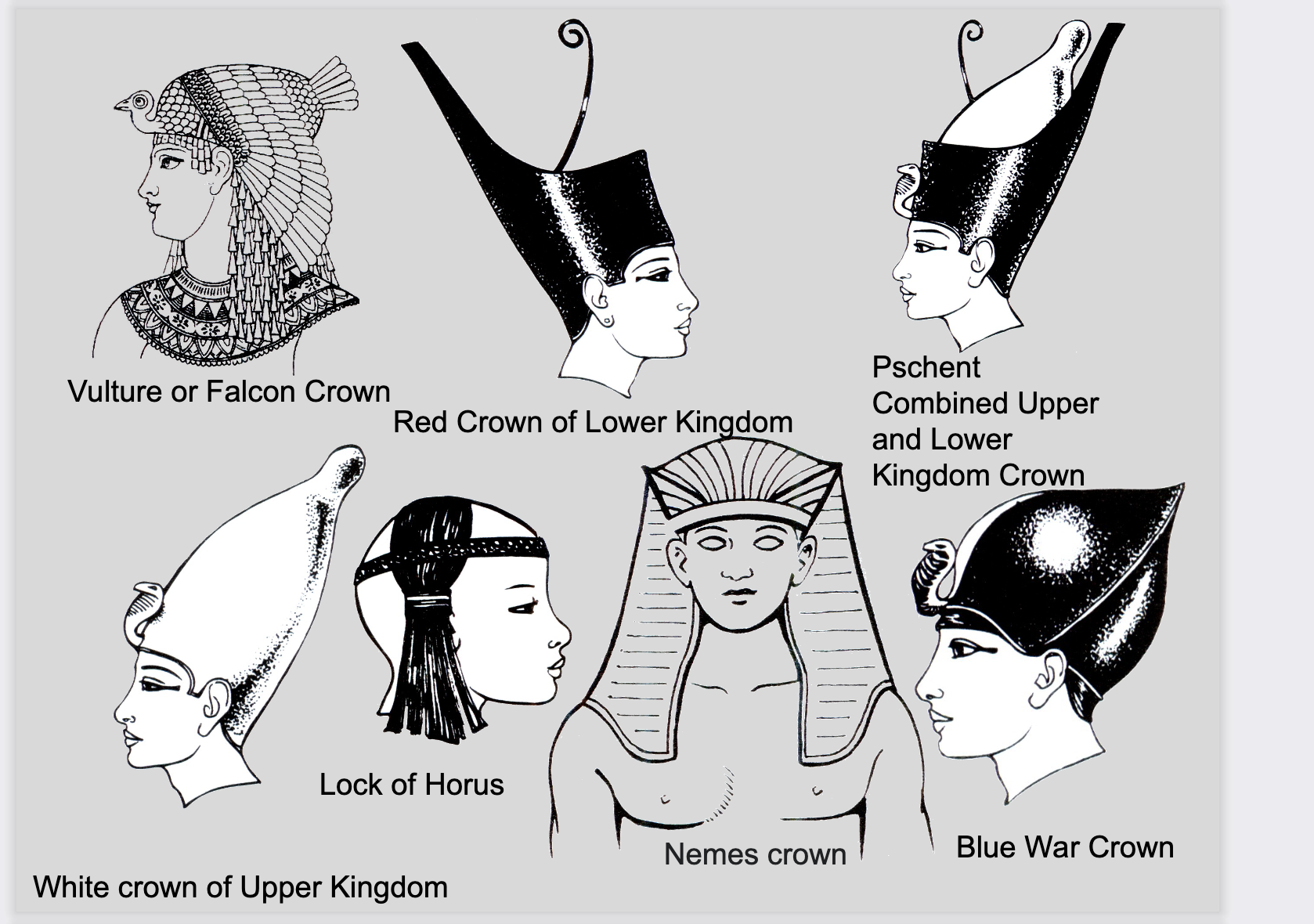
Sheath Dress
worn by women, a tight-fitting colorful dress
research suggests this was a wrapped garment with a beaded, net dress worn over it.
